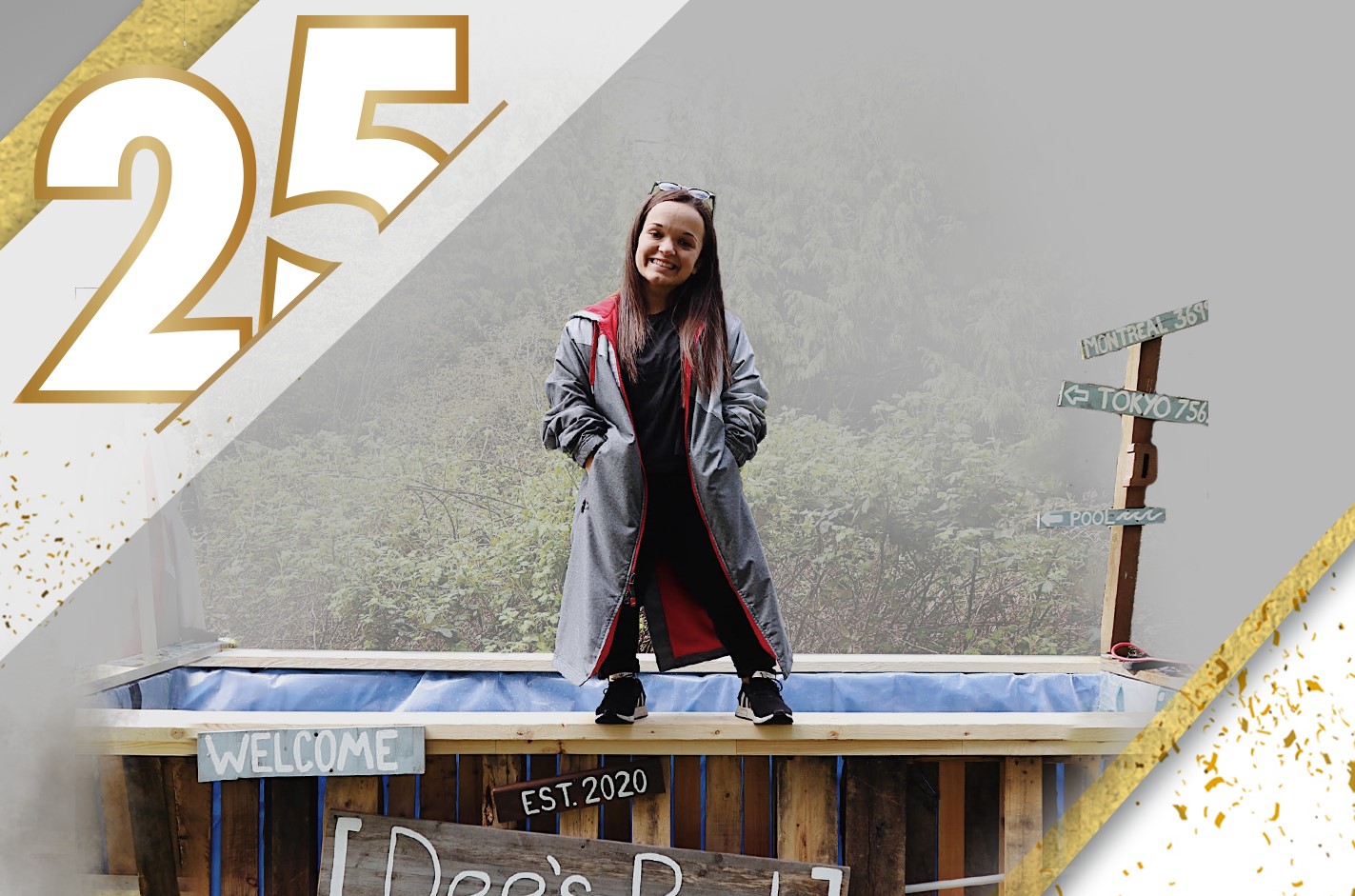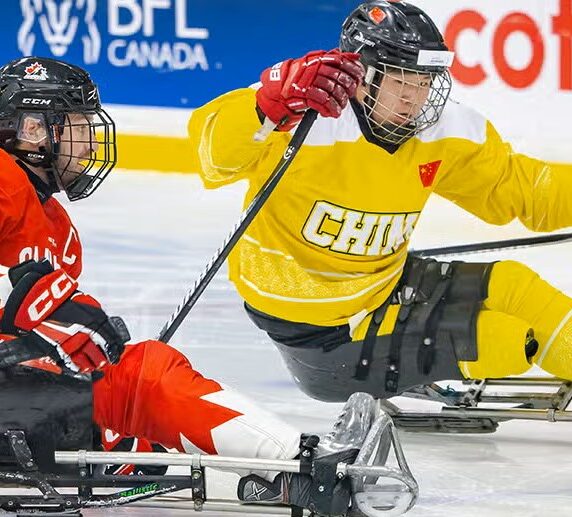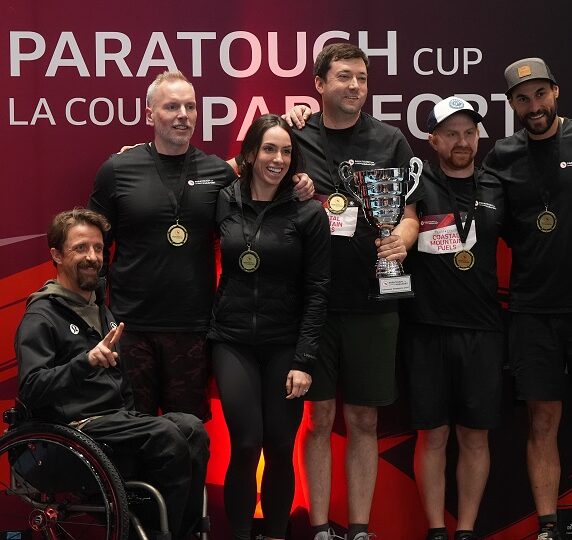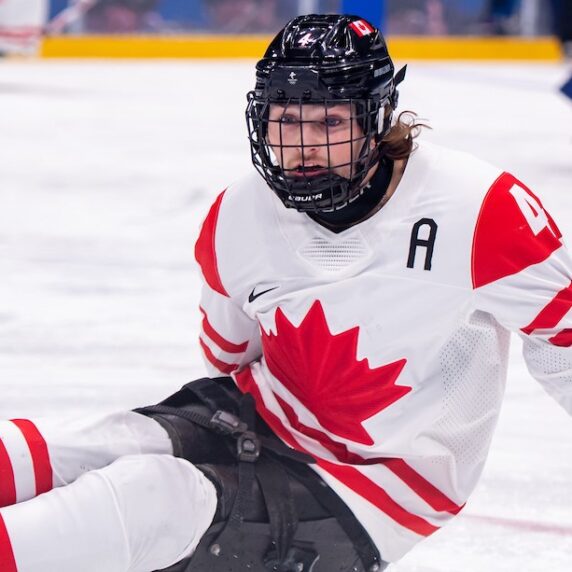Celebrating 25 years of Para sport: Canadian Paralympic athletes get creative as competition halted
Training plans adapted as Tokyo 2020 delayed due to COVID-19 pandemic

Just like in competition, high performance athletes can’t give an inch to their opponents in preparation for major events like the Paralympic Games, as everyone aims to peak at the right moment.
But in 2020, athletes around the world had to adapt their training with the postponement of the Tokyo Olympic and Paralympic Games due to the global COVID-19 pandemic.
With tournaments and events halted, and many athletic facilities and gyms shut down, this forced athletes to find new and creative ways to maintain their training regimens, with an eye on the delayed Tokyo Games one year later.
Para swimmer Danielle Kisser made a big splash in April 2020. With pools closed in B.C., she searched do-it-yourself swimming pools and got started at her Vancouver area home. She documented the whole project on her YouTube channel.
It took her five days with the help of her father and brother, but they constructed the one lane pool and Kisser was able to swim in place continuously with a belt system.
Her efforts went viral on social media after the NBC affiliate across the border did a report on the Canadian’s project.
Kisser, who would make her Paralympic debut in August 2021, was also named the winner of the inaugural “People’s Choice Award for Most Viral Moment of the Year” at the Canadian Sport Awards.
Just a couple of weeks before the world shut down in March 2020, Canada’s wheelchair rugby team qualified for the Paralympic Games, winning a last-chance tournament held in Richmond, B.C.
Trevor Hirschfield and his teammates needed to maintain the momentum from that victory. Through Zoom meetings and assigned training tasks, the players kept connected as they patiently waited for restrictions to ease so they could assemble again.
Hirschfield, co-captain of the team (alongside Patrice Dagenais), was able to construct a home gym in a storage unit to keep fit. With three Games and years of experience on his resume, he also led by example, gathering information from coaches and teammates in this unique context for Canadian athletes.
One of the ways players stayed connected was through game consoles where players often chat while playing Call of Duty or NBA2K.
Wheelchair fencer Ruth Sylvie Morel – who first competed at the Paralympic Games in 2000 – transformed her basement into a battleground as she kept sharp for the Tokyo Games.
In fact, she said she trained harder than ever during the pandemic. She focused on her cardio, weight training and had a mannequin all geared up for the sport on which she poked and stabbed.
Garage gyms, at-home workouts, building their own equipment, and Zoom team meetings are just a few ways Canada’s Paralympians adapted and got creative in order to keep fit for when competitions could return.
And with that dedication, Canadian athletes delivered a satisfying Games in Tokyo with veterans like wheelchair racer Brent Lakatos and Para swimmer Aurélie Rivard maintaining their stature among the world’s best and new stars emerging like Para swimmer Danielle Dorris and sprinter Marissa Papaconstantinou.
In 2021, the Canadian Paralympic Committee and Pfizer Canada celebrated 25 years of supporting and promoting the Paralympic Movement together. Throughout the year, we looked back on special sporting moments, memories, and milestones in Canadian Paralympic sport from each of those 25 years. Click here to read each moment.



"*" indicates required fields
"*" indicates required fields